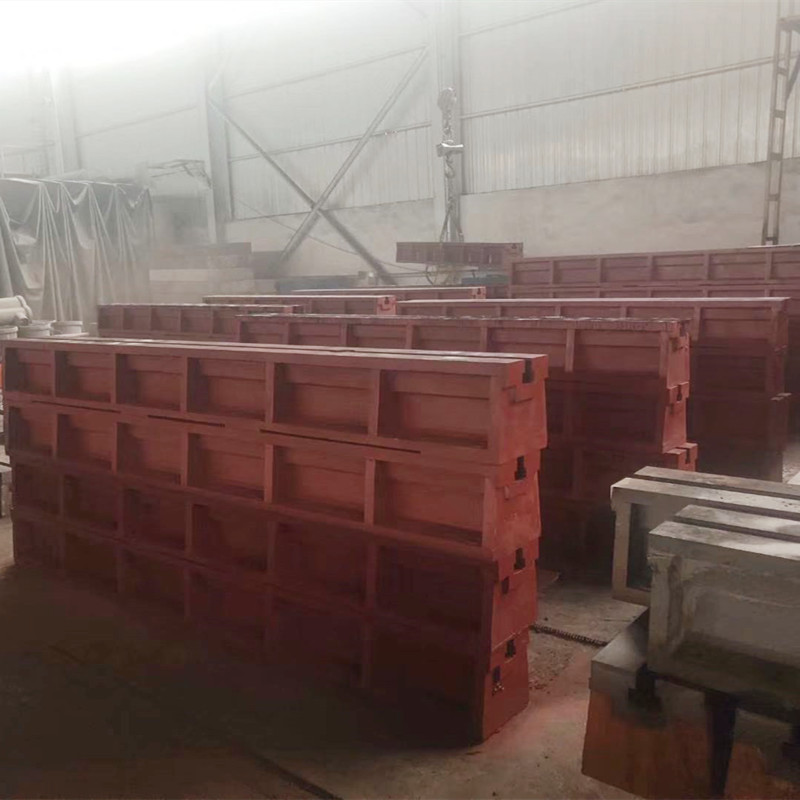dec . 02, 2024 06:34 Back to list
Exploring Various Types of Spirit Levels for Accurate Measurement and Construction
Different Types of Spirit Levels
A spirit level, also known as a bubble level, is an essential tool in the construction and woodworking industries. It ensures that surfaces are perfectly horizontal (level) or vertical (plumb), which is crucial for both aesthetic and structural integrity in various projects. While there are multiple types of spirit levels designed for different tasks, understanding their unique features and applications can help you select the right one for your needs.
1. Standard Spirit Level
The most common type of spirit level consists of a sealed glass vial containing a colored liquid and an air bubble. This level typically has a rectangular shape and is made from aluminum or plastic, making it both lightweight and durable. The vial is calibrated so that when the bubble is centered between the marked lines, the surface is perfectly level. Standard spirit levels are ideal for general construction tasks, hanging pictures, and installing cabinetry.
2. Torpedo Level
A torpedo level is a smaller, more compact version of the standard spirit level, typically ranging from 9 to 12 inches in length. This type often includes multiple vials to check horizontal, vertical, and 45-degree angles. Its compact size makes it easy to carry and perfect for tight spaces, such as plumbing tasks, electrical installations, and small woodworking projects. The robust construction of torpedo levels also provides durability in rugged working conditions.
Digital levels represent a modern twist on traditional spirit levels, featuring a digital display that shows the precise angle in degrees or as a percentage slope. These levels often include advanced features like audible alarms to indicate when the surface is level and memory functions that allow users to save measurements for future reference. Digital levels are especially useful for professionals who require high accuracy, as they can often provide more detailed measurements than standard levels. They are commonly used in construction, surveying, and even in the installation of specialized equipment.
different types of spirit levels

4. Line Level
Line levels are particularly useful for longer distances where a traditional spirit level may not be practical. This type of level is a small vial attached to a string or line. By stretching the line between two points and placing the line level at the midpoint, one can determine if the line itself is perfectly level. Line levels are frequently employed in landscaping, fence installation, and any project requiring the establishment of a horizontal reference over greater distances.
5. Carpenter's Level
Also known as a framing level, this type is typically wider and heavier than the standard spirit level. Carpenter's levels often come equipped with multiple vials and are used by carpenters to ensure that frameworks are constructed accurately. Their robust design allows for more stability, which is vital when working on large structures. The additional weight helps absorb minor shocks, ensuring consistent levels during the construction process.
6. Magnetic Level
Magnetic levels incorporate powerful magnets on their bases, allowing them to adhere to metal surfaces securely. This feature is particularly useful for plumbers and HVAC technicians, who often work with metal pipes and ducts. The magnetic base allows for hands-free leveling, creating greater efficiency, especially in tight or awkward working conditions.
Conclusion
Selecting the right spirit level can significantly impact the quality and accuracy of your work. Each type of spirit level serves specific applications, and understanding these differences will enhance your project outcomes. Whether you are a professional contractor or a DIY enthusiast, familiarizing yourself with these various spirit levels will ensure that your work stands the test of time. From standard levels for everyday tasks to digital and line levels for specialized projects, the right tool can provide the precision needed to create flawless results.
-
Thread Plug Gauge Our Promise of Measurement ExcellenceNewsAug.22,2025
-
Gauge Pin Class Reflecting Quality LegacyNewsAug.22,2025
-
Check Valve Types for High Rise BuildingsNewsAug.22,2025
-
Water Control Valve for Irrigation SystemsNewsAug.22,2025
-
Gate Valve with Soft Seal TechnologyNewsAug.22,2025
-
Y Type Strainer for Oil and Gas ApplicationsNewsAug.22,2025
Related PRODUCTS









